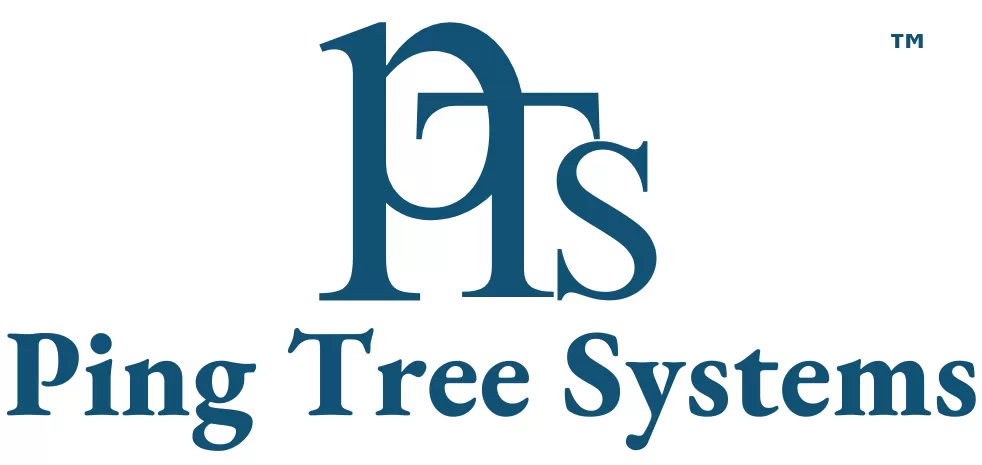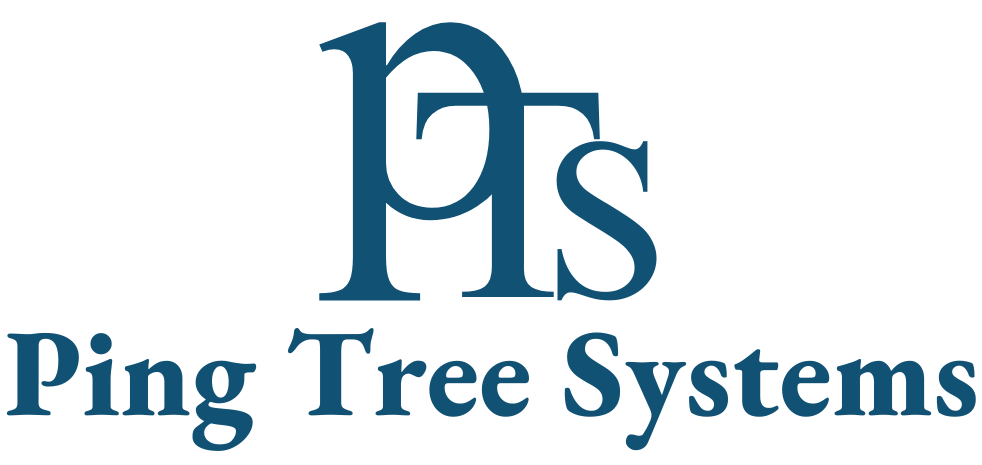What Are Geo-Targeted Advertisements?
Geo-targeted advertisements are online ads that are presented exclusively to individuals located in a particular geographic area — which can include a city, state, or even a ZIP code. When combined with a Ping Tree System, lenders can efficiently route leads based on geographic filters to the most relevant buyers or loan providers. Utilizing Ping Post Software further enhances this process by ensuring real-time bidding and lead delivery accuracy. Through Ping Post Lead Distribution, marketers can maximize ROI by matching borrowers with lenders who serve their specific region, improving both conversion rates and user satisfaction.
For marketers in the health insurance sector, this implies showcasing advertisements solely to users within your designated service regions, such as:
“Health Insurance Plans Available in Miami”
“Affordable Family Coverage Options in Houston”
“Top Health Insurance for Small Enterprises in Phoenix”
The Effectiveness of Geo-Targeting in Health Insurance
Local Relevance Builds Trust
Consumers trust insurers familiar with their city and local networks. Targeted campaigns help generate quality health insurance leads.
Higher Conversions
Localized ads like “Compare Top Health Plans in New York” convert better. A smart Lead Distribution System ensures these leads reach the right agents instantly.
Efficient Budget Use
With Leads Distribution Software, you avoid spending on areas you don’t serve and focus only on qualified health insurance leads.
Competitive Advantage
Local brokers can compete with national brands using data-driven targeting and automated lead routing through advanced Lead Distribution Systems.
Step-by-Step: How to Create Geo-Targeted Ads for City-Based Health Plans
Step 1: Research the Local Market
Understand each city’s healthcare environment — local hospitals, major health needs, and search intent (e.g., “health insurance in Austin”) — and integrate Ping Post Lead Distribution to connect leads with the most relevant insurers in real time for higher conversion rates.
Use Google Keyword Planner, Google Trends, or SEMrush to find local keyword opportunities.
Step 2: Choose the Right Ad Platforms
Use:
-
Google Ads – for search-based intent
-
Facebook & Instagram – for awareness & retargeting
-
YouTube Ads – for education-based campaigns
-
LinkedIn Ads – for group or corporate health plans
All allow targeting by city, ZIP code, or radius.
Step 3: Set Up Location Targeting
In campaign settings:
-
Go to Location → Advanced Search
-
Target “People in or regularly in your target locations”
-
Add cities like New York, Dallas, Miami, Seattle
-
Exclude non-service areas
Create separate ad groups for each city to track performance.
Step 4: Customize City-Based Ad Copy
Localize every element:
Headline: “Affordable Health Insurance Plans in Los Angeles”
Description: “Compare top-rated plans accepted by L.A. hospitals.”
Mention trusted networks (e.g., Cedars-Sinai, Mount Sinai) for credibility.
Step 5: Build City-Specific Landing Pages
-
City-specific info & hospitals
-
Local testimonials
-
Clear CTAs (“Find Plans Near You”) enhance engagement and drive conversions. When combined with ping post lead technology, your offers are delivered to the right audience instantly. Utilizing a ping and post strategy further maximizes efficiency by matching users with the best plans in real time.
Step 6: Add Local Ad Extensions
Use:
-
Location Extension – show address/city
-
Call Extension – local number
-
Review Extension – city-based feedback
-
Sitelink Extension – link to city landing pages
Step 7: Monitor & Optimize
Track CTR, conversion rate, CPL, and call volume. Use insights from ping post lead distribution software to identify top-performing regions, pause underperforming cities, and scale campaigns where lead quality and conversions are highest.

